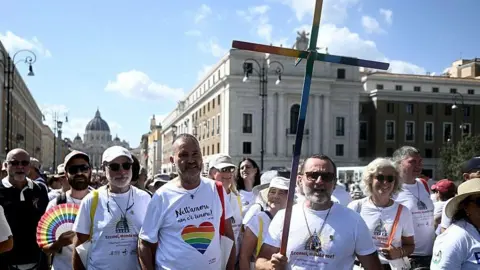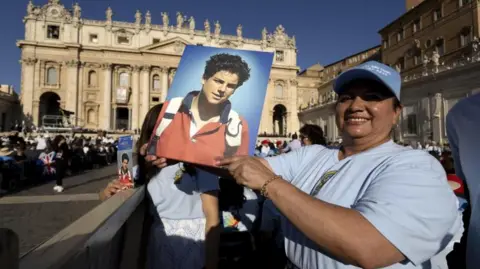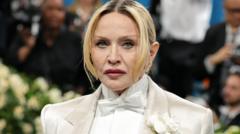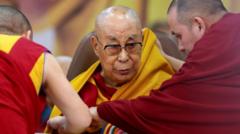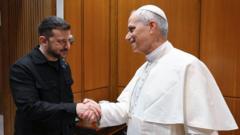As the curtains are drawn on the Sistine Chapel, one of the most anticipated events in the Catholic Church is set to commence: the conclave to elect a new pope. This Sunday marks the beginning of a crucial assembly where 133 cardinals from various corners of the globe will converge, cloistered within the artistic walls adorned with Michelangelo's frescoes. Their task is monumental; to select a successor to Pope Francis, who recently passed away at the age of 88.
The election process is fraught with complexities that resemble a dramatic political theater, rife with intrigues and rivalries. "It's a game of pure politics, with alliances, manipulations, and sometimes disloyalty," commented Jason Horowitz, the Rome bureau chief for The New York Times, who has covered previous conclaves. The cardinals will vote privately, up to four times a day, with a ritualistic release of black or white smoke from the chapel chimney indicating whether a pope has been elected or if they must continue their deliberations. The duration of past conclaves has varied, with some resolving in a few hours while historically, one lasted nearly three years in the 13th century.
Once the white smoke billows from the chapel, signifying a successful election, The New York Times will be poised to deliver swift updates on the newly appointed pope, alongside a comprehensive understanding of his theological perspectives. "We are always on alert, hoping for the best, but unexpected candidates can emerge," Horowitz adds, reflecting the unpredictable nature of this hallowed selection process.




